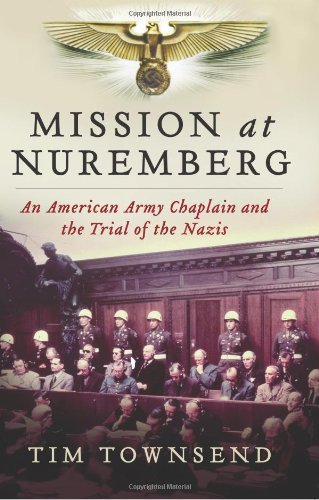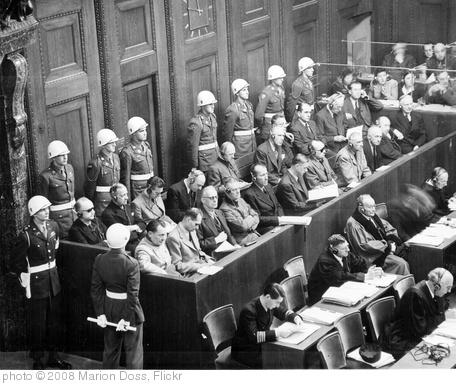
I got this book for Christmas, and it was the last book I read in 2021. Author Robb White wrote for magazines and for television (several episodes of Perry Mason) and the movies, but he is best known for his 24 novels for young people. His books would be classified as “Young Adult” nowadays. Although they are full of adventure and feature somewhat rebellious and independent heroes, by today’s standards they probably wouldn’t be quite edgy enough for the YA market. I have read four of his books now, and I like them very much.
The Lion’s Paw is the tale of three runaway children who sail fifteen year old Ben’s father’s boat through the inland waterways of south Florida, down the Atlantic coast all the way to Captiva Island in the Gulf of Mexico. Ben is running away from a guardian who wants to sell his father’s sailboat because the uncle/guardian believes that Ben’s father, a Navy sailor, is dead. (The book was originally published in 1946, so Ben’s dad is assumed either dead or captured by the Japanese in the Pacific during WWII.) The other two runaways, Penny and her little brother Nick, have escaped from an orphanage. The orphanage doesn’t sound exactly cruel, just sterile, regimented, and uncaring. The story begins with Penny and Nick deciding that that they aren’t likely to be adopted by anyone decent and they just can’t stand life in the orphanage anymore. So they run away and meet up with Ben, and off they go!
The story includes tropical storms, bounty hunters, alligator encounters, near escapes, and the hunt for a seashell called the Lion’s Paw. Ben is convinced that if he can find a Lion’s Paw for his dad’s seashell collection, then his dad will come home. The story itself is beguiling with three plucky, courageous, and determined children facing both the dangers of sailing and surviving on the ocean and the strictures of the adult world which threatens to put an end to their freedom and adventure. There are couple of caveats: the children and an adult in the story use slang to refer to the Japanese (“Japs” and “Japoons”), and at one point the children use some potentially deadly weapons to fight a man who wants to turn them in to the searchers for a reward. Being prepared to use deadly force to counter an intruder would probably be disallowed or at least disapproved of if the book were written and published in the twenty-first century.
Still, I thought it was an exciting story with some brave and admirable characters. Both boys and girls, anyone over the age of twelve or so, would enjoy the tale and be inspired, not to run away from home or go out alligator hunting alone, I hope, but to “do hard things” and face difficulties with courage and ingenuity.








